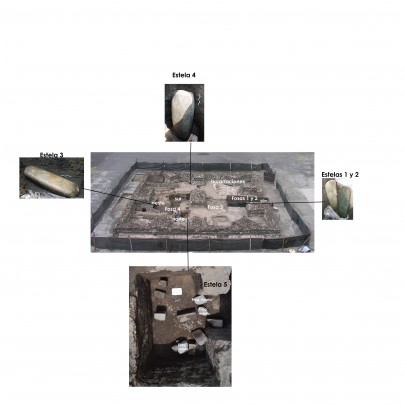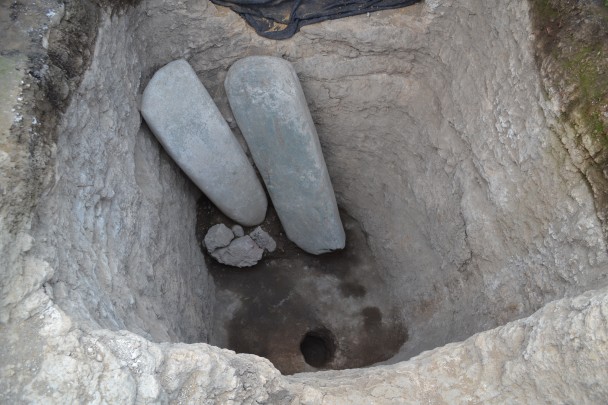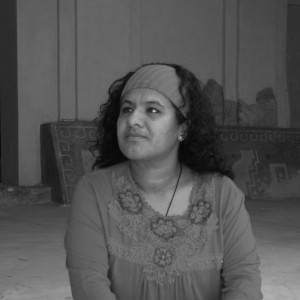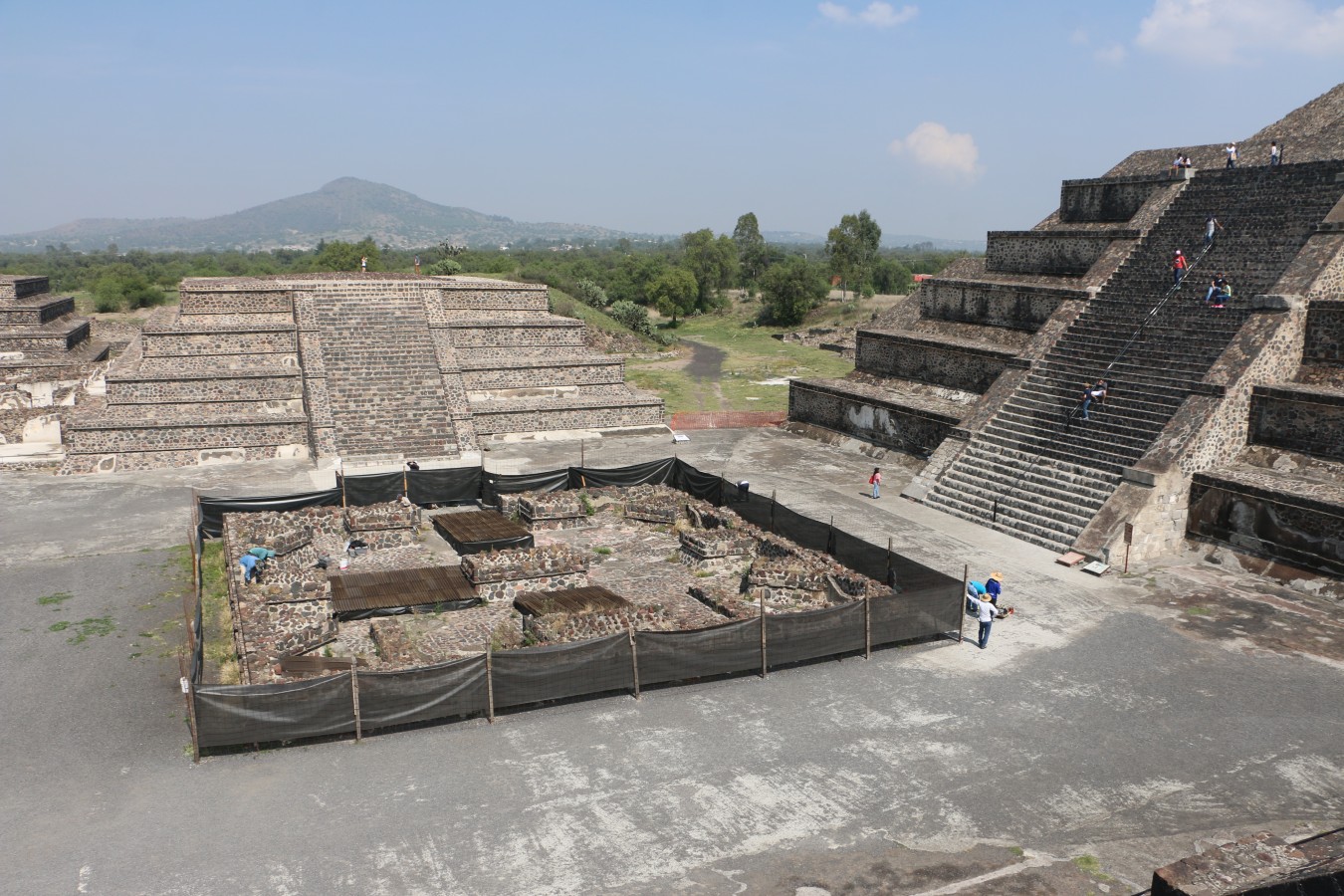Excavation work has been carried out in Structure A of the Plaza of the Moon since 2015. This is a building located a mere 13 yards south of the platform attached to the Pyramid of the Moon. The structure was rebuilt during the 1962-1964 Teotihuacan Project, but its subsoil and periphery were not explored at the time, so there was no hard data to substantiate its chronology or what the people of Teotihuacan used it for.
Therefore, we commenced the first stage of this project by scanning the structure's surface with ground-penetrating radar, which allowed us to obtain information on the possible presence of elements in the subsoil. In the second stage, we performed excavations that allowed us to locate a series of pits or cavities of different sizes, both inside the structure and in the plaza itself. These cavities mostly contained small pebbles and shell fragments, but the pits discovered inside Structure A were larger in size (6.5' x 8' and 10' deep). In some of these, the Teotihuacanos had inserted green stone monoliths in an upright position, some weighing more than half a ton.
The pits are connected to a series of bore holes in the floors of Structure A and the Plaza of the Moon, the role of which we have not yet been able to determine. A detailed plan is therefore being prepared to define alignments or patterns which accommodate these boreholes. Until this excavation, no-one had any notion of the existence of these alterations to the valley's natural bedrock (tepetate stone), which suggest activities probably associated with the ritual use of the great plaza and the Pyramid of the Moon. We can now argue that the plaza was altered as a result of various activities that we are only now becoming aware of.
These investigations will continue for the next few years, as the goal of dating the building and the plaza exactly can only be achieved through a series of geophysical analyses. This project is therefore being carried out in partnership with other institutions to perform the corresponding studies.










